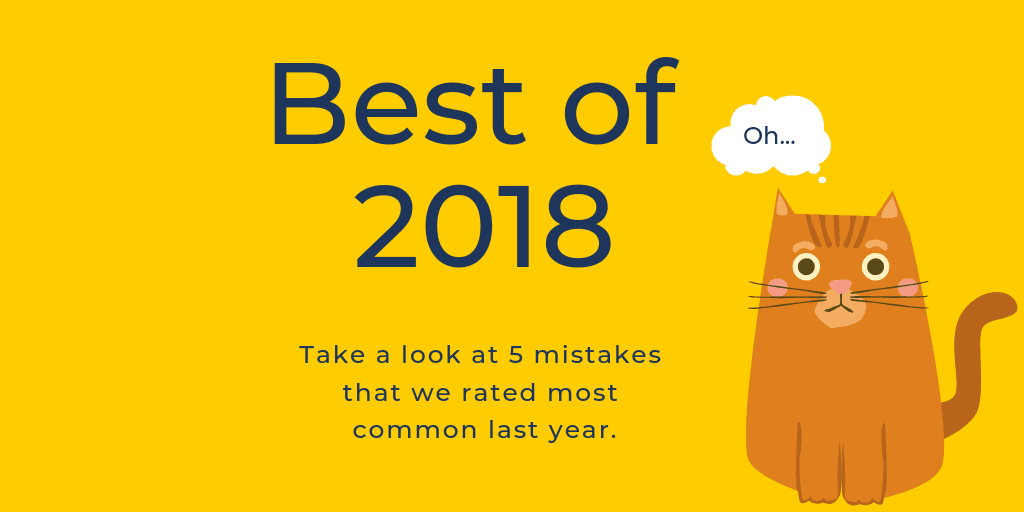Co to znaczy mówić „ładnie” po angielsku? Czy to oznacza to samo, co mówić poprawnie, czy raczej brzmieć jak rodzimy użytkownik języka? Czy kiedy uczymy się nowych zwrotów, zwracamy uwagę na ich poprawną wymowę?
Jeśli często zadajesz sobie powyższe pytania, a do tego seriale typu „The Crown”, „Downton Abbey”, czy nawet „Latający Cyrk Monty Pythona” oglądasz po to, aby pozachwycać się eleganckim brytyjskim brzmieniem dialogów, do swojej listy ulubionych pozycji serialowych koniecznie dopisz „Sounds Good” – tutaj Marta Aleksandrowicz-Wojtyna w kursie wymowy brytyjskiej skutecznie rozwiewa fonetyczne wątpliwości i pomaga wyrobić dobre językowe nawyki.
Odcinek 11
Osiem popularnych wyrazów, których wymowa prawdopodobnie sprawia Wam trudność
Są słowa, które na oko każdy zna, ale jak ma wymówić, zaczynają się prawdziwe schody i językowe łamańce. W filmiku omawiam to, co najczęściej słyszę i to, co chciałabym usłyszeć. Oczekiwania kontra rzeczywistość. Nikt nie prosił, każdy potrzebował.
Odcinek 10
Czasem trzeba wybuchnąć!
Czym różni się polski “kot” od angielskiego “caught”? A polski “pot” and angielskiego “pot”? A “tennis” od “tenisa”?
Odcinek 9
Jak zmiękczyć polski akcent 2: /tʃ / i /dʒ /
Jak wymówić słowa “gigantic” i “gesture”? Co zrobić, by “skocz” i “scotch” nie brzmiały tak samo?
Odcinek 8
Jak zmiękczyć polski akcent 1: /ʃ / i /ʒ /
Czym różni się polski i angielski “t-shirt”? Jak sprawić, by słowa “leżę” i “leisure” nie brzmiały tak samo?
Odcinek 7
Sepleń i świszcz jak Brytol: /s/ i /z/
Dwa dźwięki, przy których nie trzeba się tak bardzo spinać jak w języku polskim. Posepleńcie, poświszczcie i będzie super!
Odcinek 6
Jeden symbol, dwa dźwięki: /l/
Czy angielskie /l/ zawsze brzmi jak polskie? Co ma /l/ wspólnego z Kresowiakami? Czy w wyrazach “salmon” i “stalker” wymawiamy /l/? I dlaczego w tym odcinku – o zgrozo! – już prawie śpiewam?
Odcinek 5
By brzmieć lepiej, czasem wystarczy westchnąć: /h/
Angielskie /h/ Polaków jest trochę za mocne, za silne i wybuchowe. A gdyby tak nie marnować niepotrzebnie energii i zwyczajnie sobie westchnąć?
Odcinek 4
Dźwięk, po którym odróżnisz Brytyjczyka od Amerykanina: /r/
Główna trudność w wymowie brytyjskiego dźwięku “r” polega na tym, że musimy wiedzieć, kiedy go nie wymawiać. 🙂
Odcinek 3
Najbardziej niedoceniana angielska samogłoska: /ɜ:/
Samogłoskowy game-changer. Już nigdy nie wymówicie słów “worm”, “purple” i “circle” tak samo. We wszystkich trzech kryje się ta sama samogłoska, mimo że prowadzą do niej różne drogi. Na początku trudno w to uwierzyć, ale tylko to powiedzcie, a poczujecie i zrozumiecie różnicę.
Odcinek 2
Angielskie spółgłoski, które brzmią PRAWIE jak w polskim: /t/, /d/, /n/
Podstępne dźwięki, które kryją się za “naszymi” literami T, D, N, a pozwoliły sobie być trochę inne niż w polskim. Trochę, ale przecież to w szczegółach tkwi diabeł. 😈
Odcinek 1
Angielskie spółgłoski, które brzmią jak w polskim: /p/, /b/, /m/, /f/, /v/,/k/, /g/, /w/
Gdzie literka? Gdzie dźwięk? Gdzie nic, a gdzie coś?
P, B, M, F, V, K, G i W i po polsku, i po angielsku brzmią tak samo. Czy to oznacza, że nie sprawią Wam kłopotu? No, niekoniecznie. To cwana zgraja, która lubi się chować, droczyć i udawać. Zresztą posłuchajcie sami.











![[E-mail Ninja] Your email identity](https://cms.languageextreme.pl/wp-content/uploads/2018/11/anonymous-art-black-t-shirt-92129.jpg)